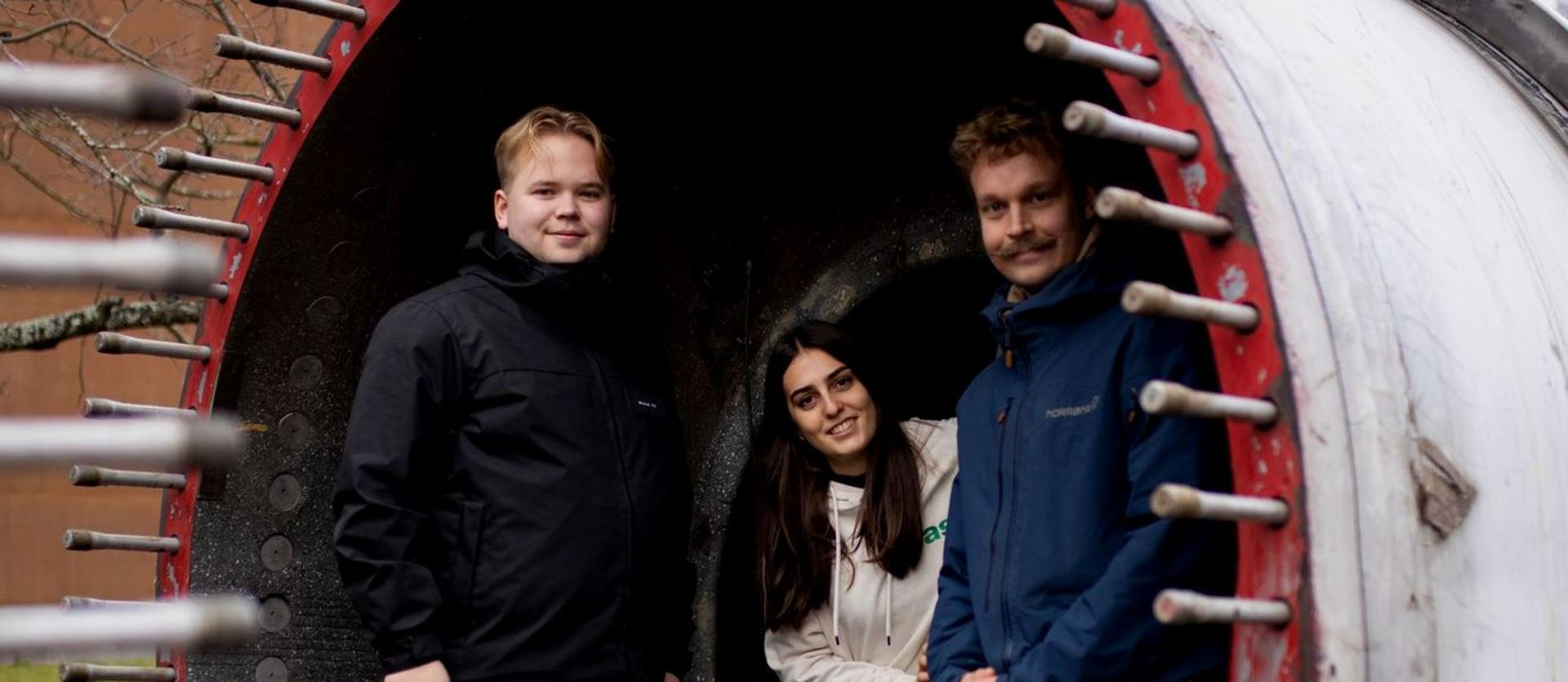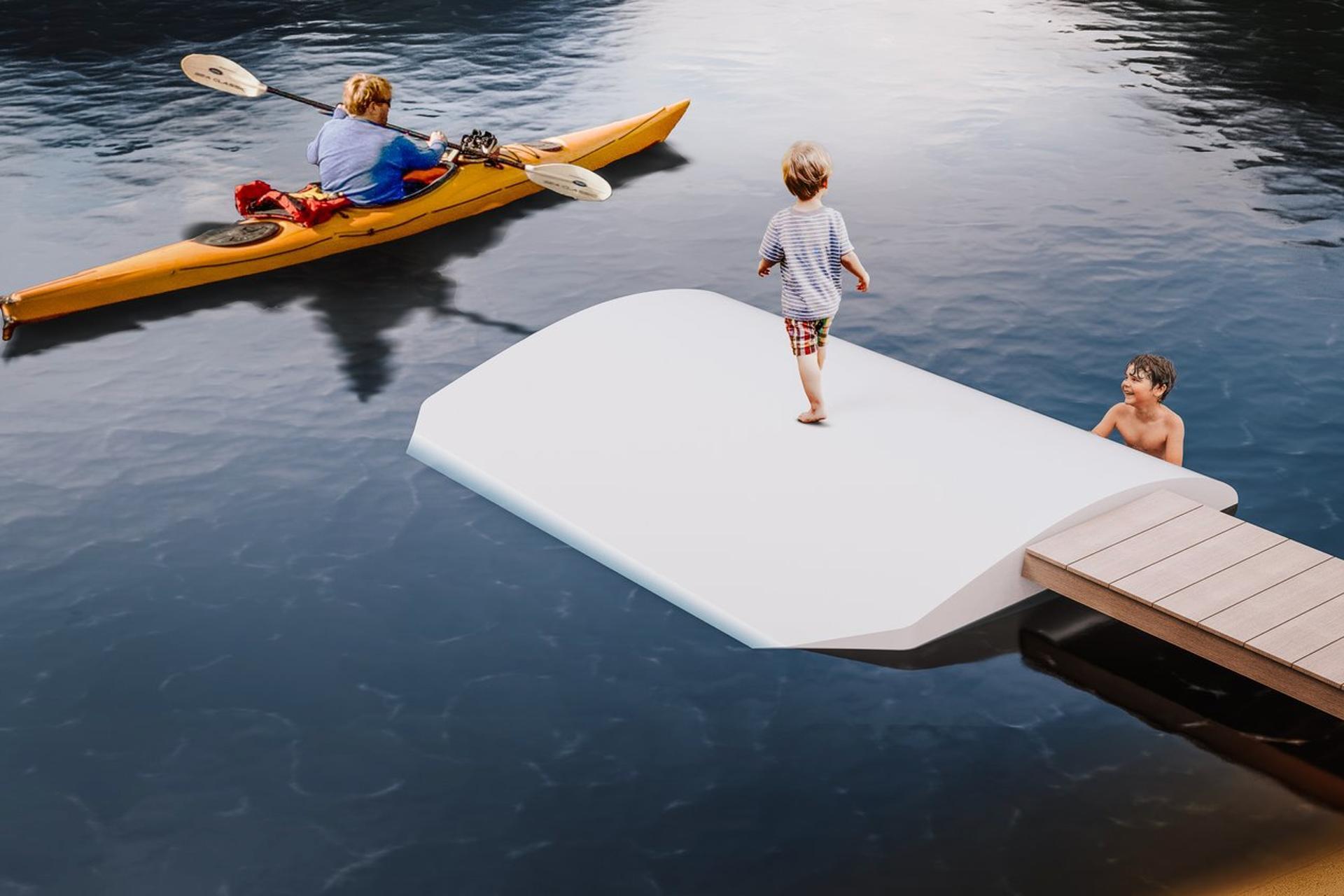| IN A NUTSHELL |
|
With the global push towards sustainable energy solutions, wind turbines have become an iconic representation of green energy. However, the end-of-life management of wind turbine blades presents an environmental challenge, as these blades are not biodegradable and are difficult to recycle. A Finnish startup, Reverlast, is creatively addressing this issue by transforming old turbine blades into functional and stylish floating docks. This innovative approach not only helps in managing waste but also offers an eco-friendly alternative to traditional dock materials. Let’s explore how Reverlast is leading a sustainable revolution in the use of decommissioned turbine blades.
Reverlast’s Innovative Approach
Founded by alumni from Aalto University, Reverlast is making waves in the environmental sector with its unique solution to repurpose wind turbine blades. The startup transforms these discarded blades into durable floating docks by cutting them into sections and sealing them for buoyancy. Initially, the sections are filled with expanded polystyrene foam, although future plans aim to replace this with fiberglass caps, enhancing sustainability.

The innovation lies in the reutilization of the blades’ sturdy fiberglass shells, which can be up to 6 cm thick, compared to the typical 1 cm thickness in sailboat hulls. This thickness ensures the pontoons’ durability and resilience in water. Their approach reduces reliance on conventional materials like concrete and polyethylene plastic, significantly lowering the carbon footprint associated with traditional pontoon manufacturing.
Declining Food Enjoyment in the U.S. and Its Impact on Health
Environmental Impact and Benefits
Reverlast’s initiative is a game-changer in waste management and environmental conservation. By converting turbine blades into floating docks, the company significantly reduces the carbon emissions typically involved in producing new dock materials. A single prototype dock can prevent approximately 2.6 tons of carbon dioxide emissions, showcasing the potential environmental benefits of this innovative recycling method.
Furthermore, the process minimizes the need for energy-intensive crushing and greenhouse gas-emitting kiln burning, common in traditional blade disposal methods. By providing a practical and sustainable alternative, Reverlast contributes to the circular economy, ensuring that the materials used in energy production are not wasted but repurposed for further use.

Applications and Future Prospects
Reverlast’s floating docks are just the beginning. The company is exploring various applications for different parts of the turbine blades. For instance, the thinner blade tips can be repurposed into floating swimming platforms, broadening the scope of products and solutions available. This versatility in application not only maximizes the utility of each blade but also opens up new business opportunities for the company.

Reverlast’s ongoing project at Aalto University—building a floating platform for a community sauna—demonstrates the practical application and effectiveness of their solution. With further advancements, the potential to replace a significant portion of traditional pontoon materials offers a promising future for the company’s technology in diverse marine and waterfront applications.
Challenges and Innovations in Recycling
While Reverlast’s approach is promising, recycling wind turbine blades remains a broader challenge. The complexity of breaking down fiberglass into its constituent components has limited recycling options, with most blades ending up in landfills. Alternatives like using blades in asphalt, stand-up paddle boards, and even gummy bears have been proposed, yet each comes with its own set of challenges.
Reverlast’s innovation stands out because it addresses both the environmental impact and the practical utility of repurposed materials. By focusing on reuse rather than breakdown, they have sidestepped many of the issues faced by traditional recycling methods, offering a model that could inspire further innovations in the industry.
As we look towards a more sustainable future, the innovative use of materials like wind turbine blades could play a crucial role in reducing waste and enhancing environmental conservation. Reverlast’s approach is an inspiring example of how creativity and technology can come together to solve complex problems. How might other industries adopt similar strategies to address their environmental challenges?
Did you like it? 4.4/5 (27)








Wow, this is such a cool idea! Can’t wait to see these docks in action. 🌊
Can these floating docks withstand extreme weather conditions like storms?
Reverlast’s approach is truly innovative. Kudos to the team! 👏
I wonder how these docks compare in cost to traditional ones?
This is awesome, but what happens when the floating docks reach their end-of-life?